The Vought F-8 Crusader was a single-engine, supersonic, carrier-based, high-performance jet fighter that first flew in 1955, a mere decade after the end of World War II. The Crusader was the first American fighter to break 1,000 miles per hour.
That it enjoyed such rarefied performance a short 10 years after the conclusion of WWII speaks to the tremendous strides made in aviation technology in the first few years of the Cold War.
Well Armed Warrior
The F-8 earned its testosterone-besotted moniker because of its primary armament. Where subsequent fighter planes were designed around missile engagements, the Crusader was first and foremost a gun platform.
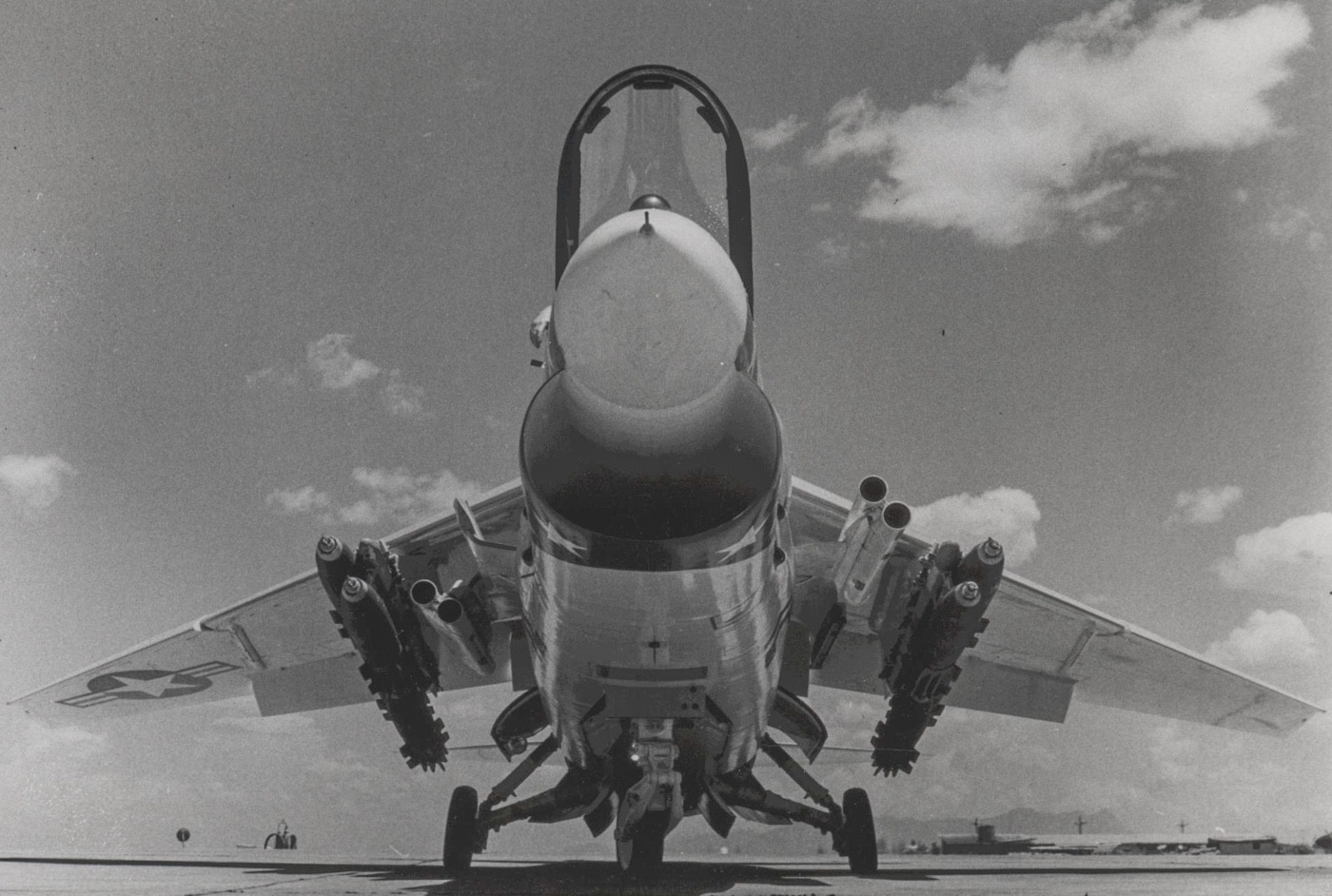
The F-8 carried four Mk 12 20mm autocannons in the lower fuselage packing 125 rounds apiece. Each gas-operated gun weighed 101 lbs. and cycled at 1,000 rounds per minute. This gave the Crusader a sum total of 7.5 seconds’ worth of fire for combat engagements.
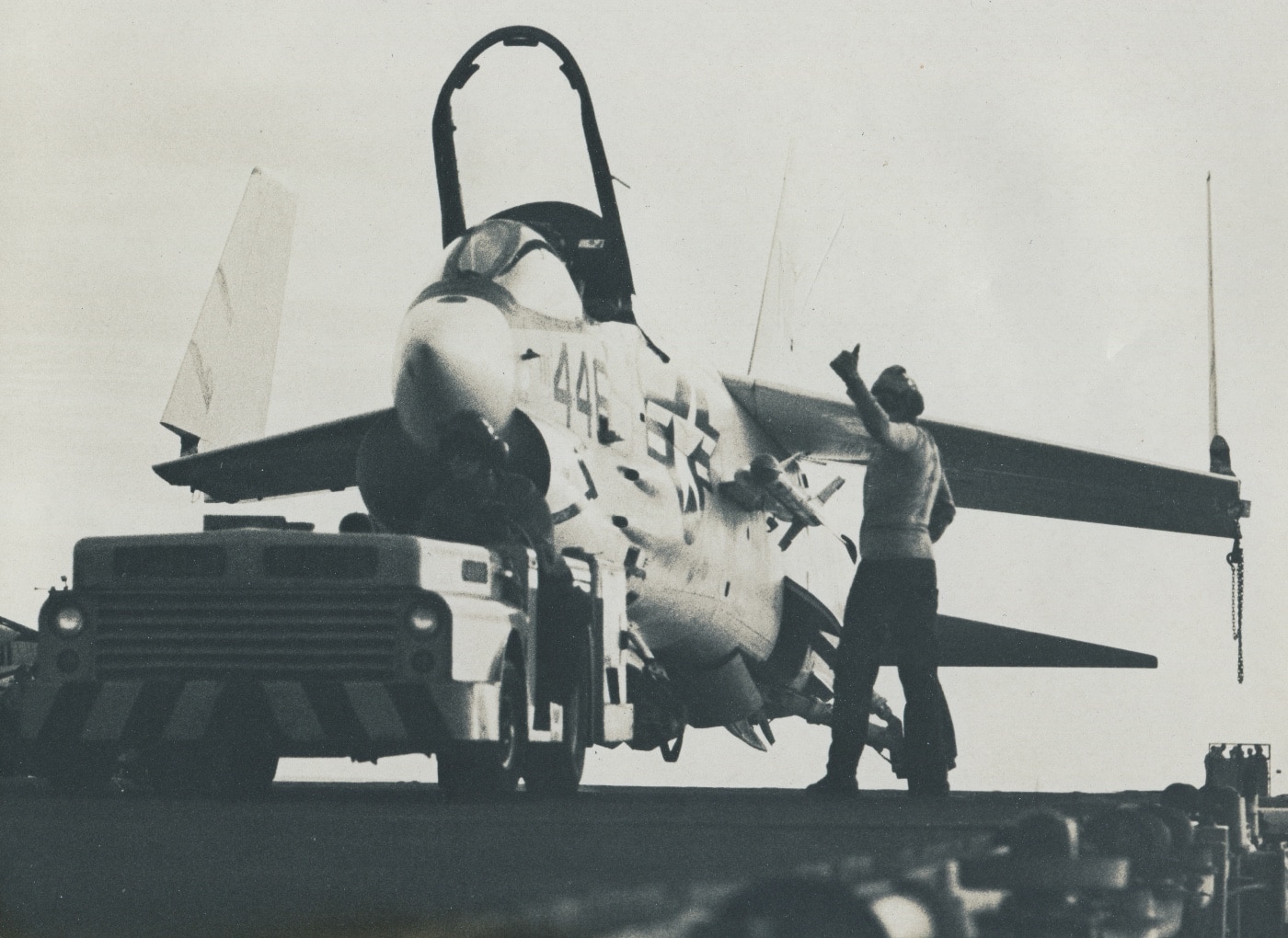
Additionally, the F-8 could carry four AIM-9 Sidewinder air-to-air missiles on side-mounted fuselage pylons. There was also a retractable rocket tray in the belly that could carry 32 unguided 2.75-inch Mk4/Mk 40 FFAR (Folding-Fin Aerial Rockets). Uncle Sam called these nasty rascals the Mighty Mouse.
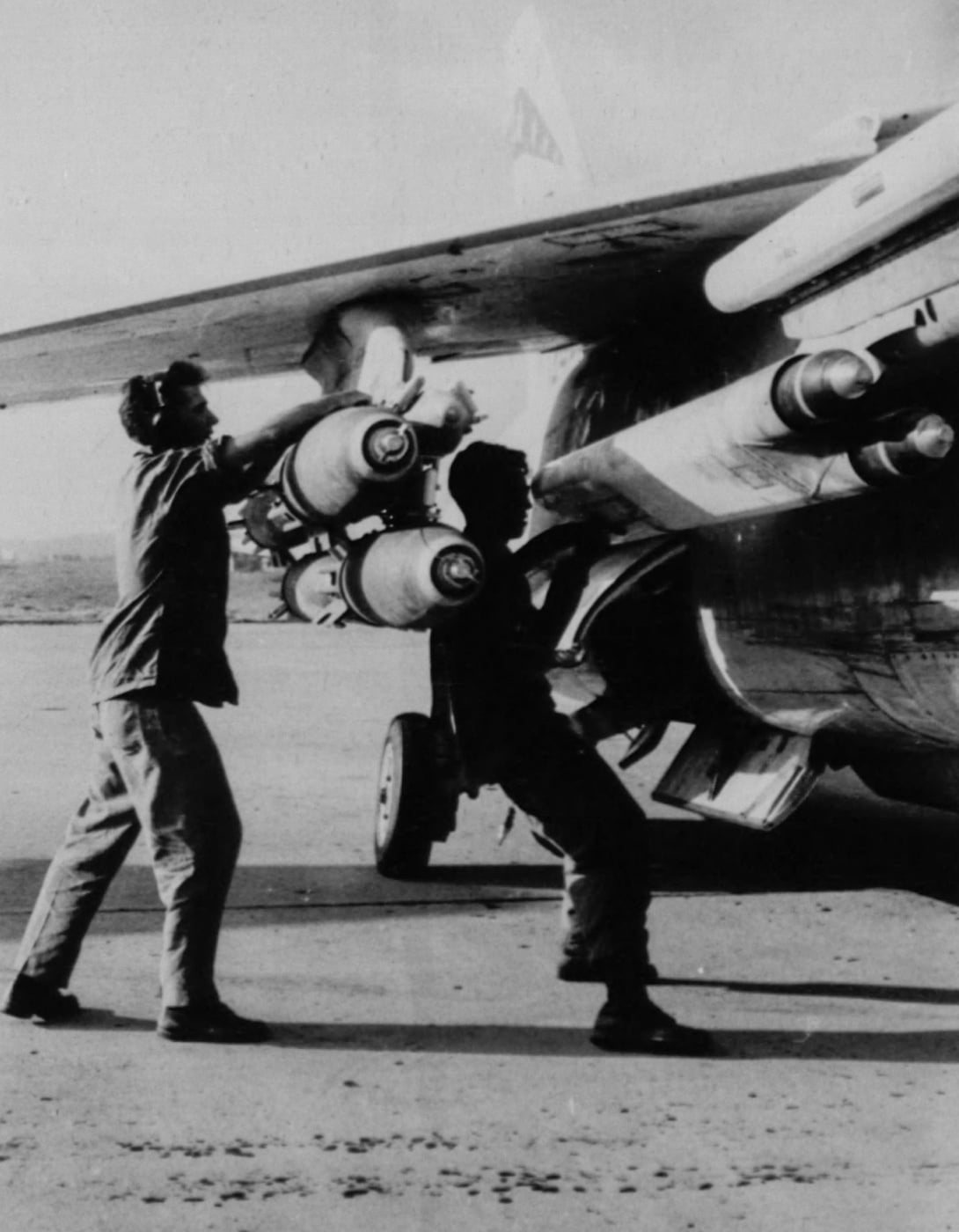
One of the biggest challenges in designing a carrier fighter plane was combining rugged landing gear capable of handling the punishment of repeated violent carrier landings with ample power in a machine offering adequate forward visibility. The previous WWII-vintage Chance-Vought F4U Corsair, magnificent plane that it was, well and truly sucked in this regard.
The Corsair’s combination of a massive Pratt and Whitney R-2800 Double Wasp radial engine and a huge fuel tank mounted in front of the cockpit made for an ample snout. This made carrier landings, particularly in rough seas or periods of limited visibility, terribly hazardous. The designers of the Crusader set out to rectify that.
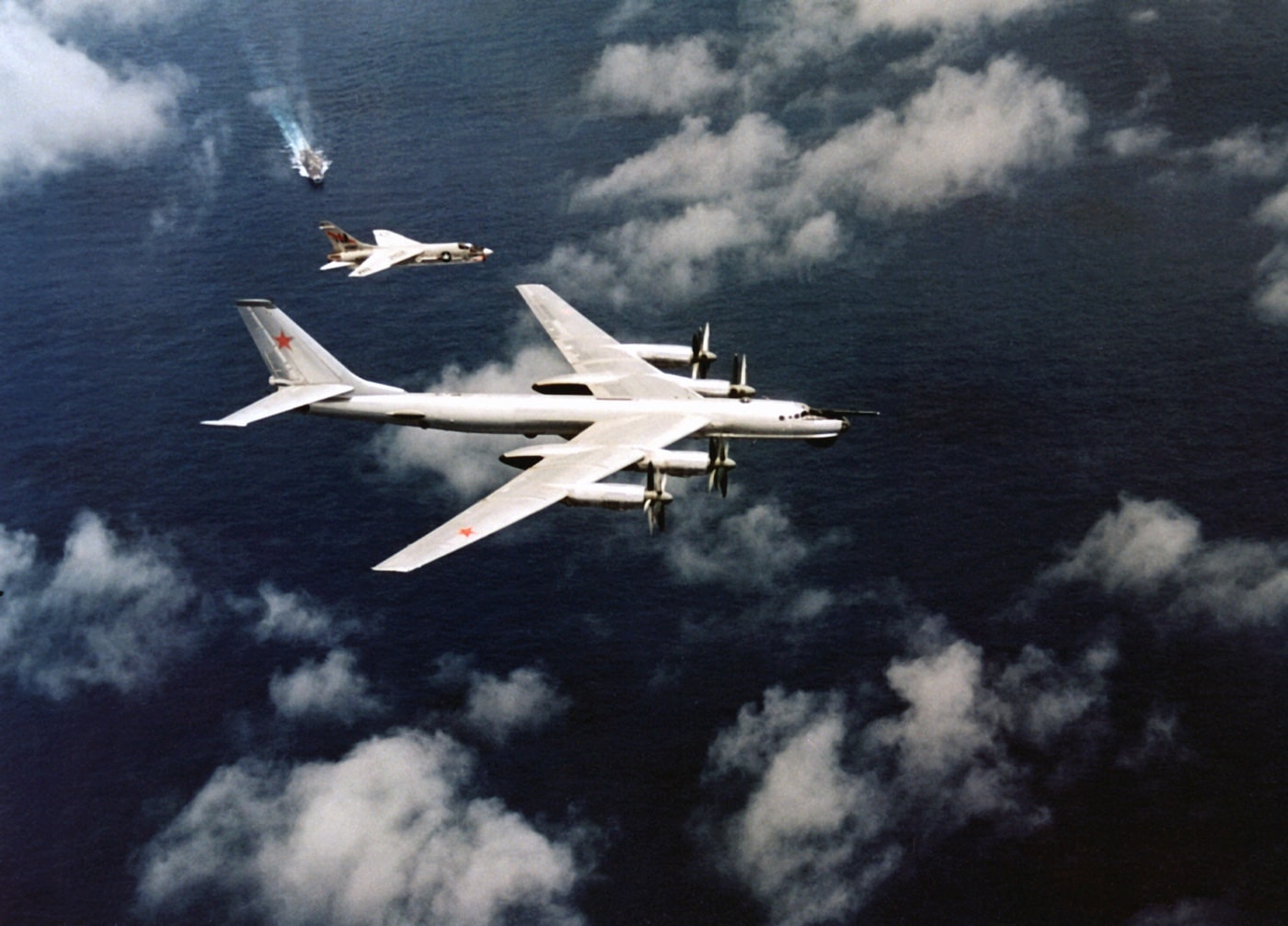
For starters, the narrow-track landing gear on the Crusader was mounted centrally to the fuselage rather than the wings. Like that of most modern fighters (think F-16 and F-18), this design allows the rigorous stresses of landing to be transmitted directly into the airframe rather than into the more fragile wing structure. Additionally, the cockpit was mounted well forward to afford superlative visibility on landing. Lastly, the F-8 was equipped with a most remarkable wing.
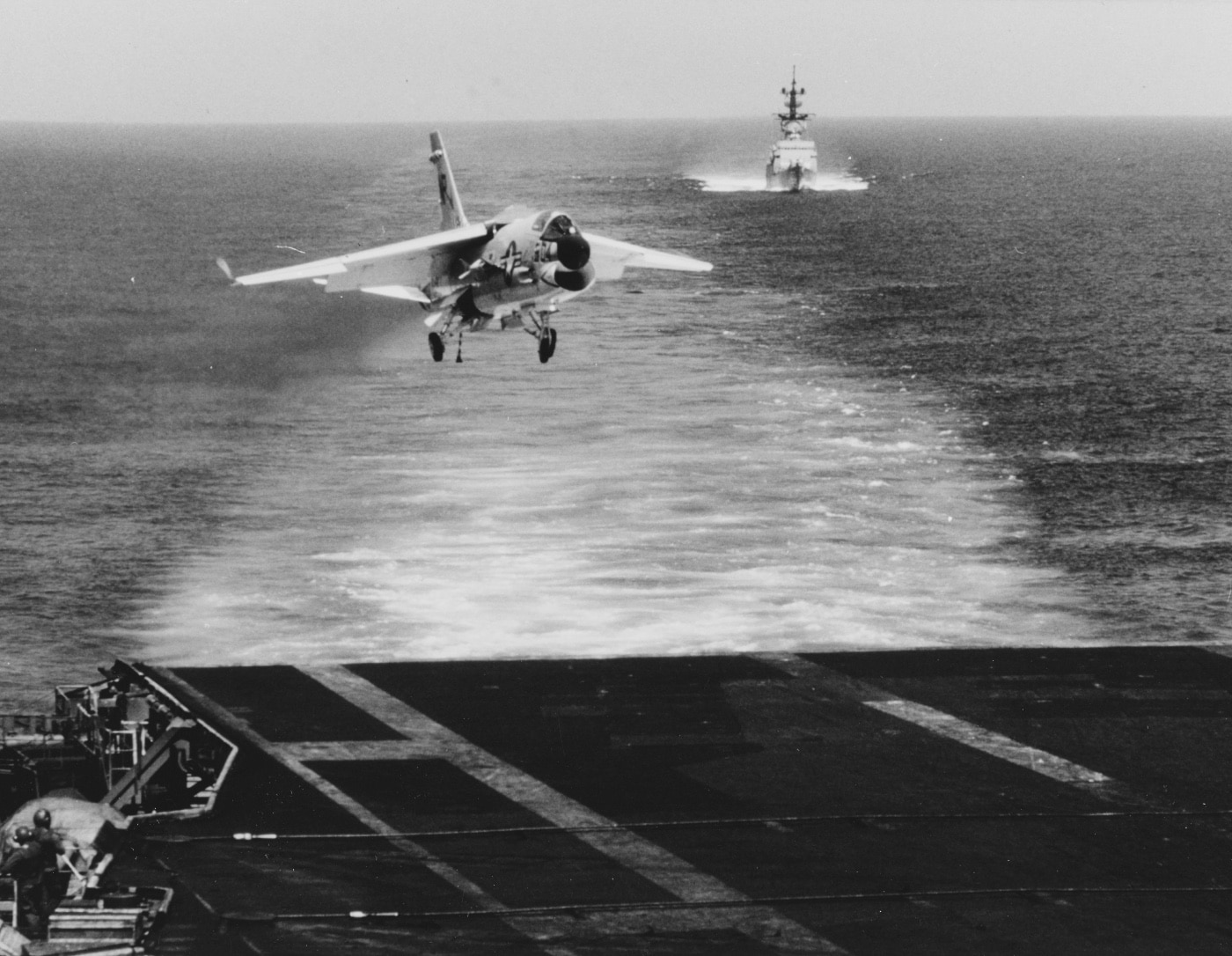
Fast planes are more challenging to land than slow ones. Whether it is an F-22 or a Cessna 150, a slower approach speed equates to more time to react to unforeseen hazards during the landing sequence. In the case of the F-8 Crusader, the Navy stipulated a 100 mph approach speed. To coax a sleek swept-wing fighter like the F-8 into such glacial performance required a pretty radical rethink of the way folks had previously made airplanes. The solution was a weird variable incidence wing structure.
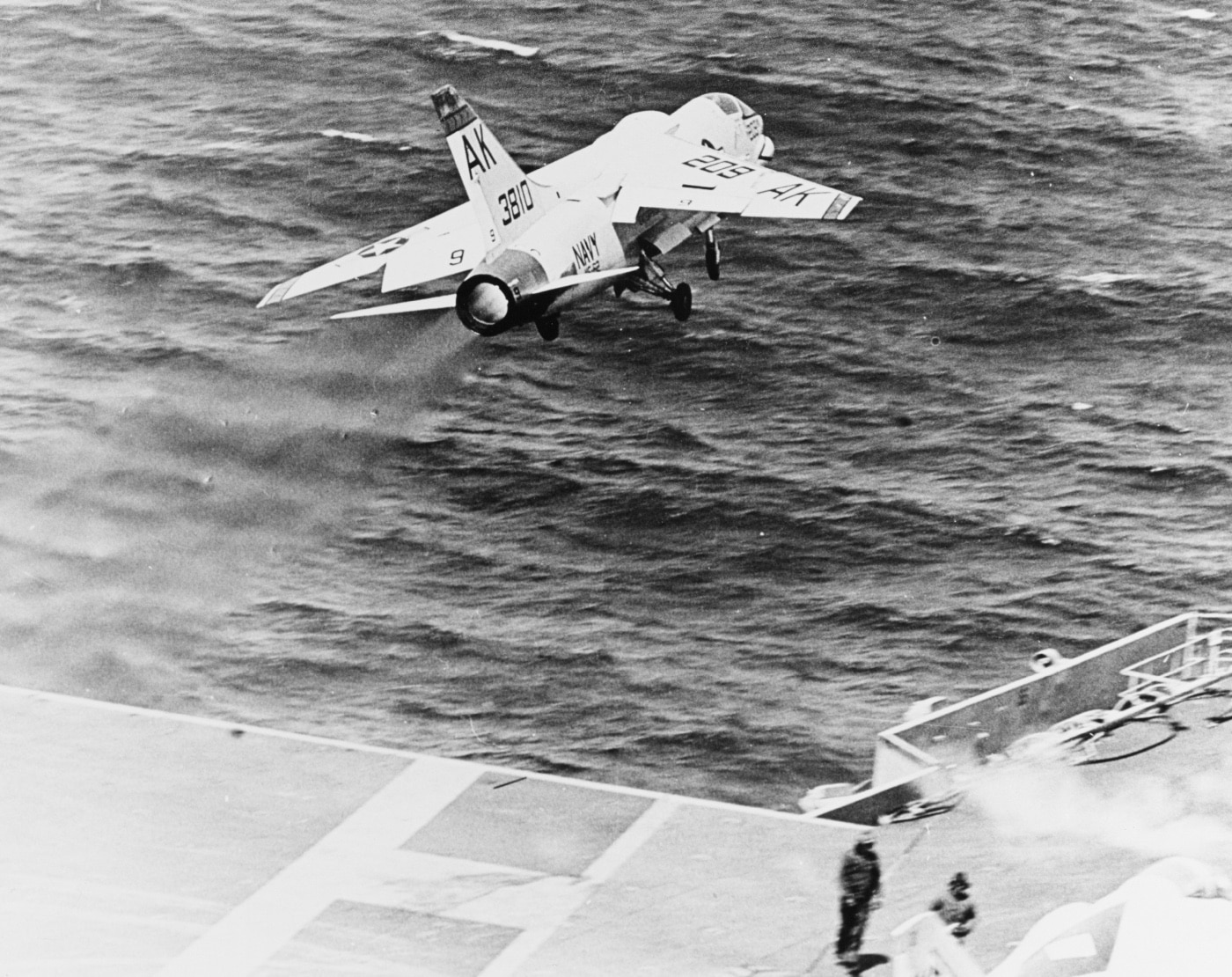
For takeoff and landing, the entire wing assembly pivoted upward seven degrees. This feature combined with leading edge flaps that deployed through 25 degrees and inboard flaps that described a 30-degree arc profoundly increased the camber of the wing and improved its subsequent low-speed maneuvering characteristics. With all this stuff cleaned up after takeoff, the plane was trim, slick, and fast. It really was an inspired solution. The wingtips also folded for storage aboard ship.
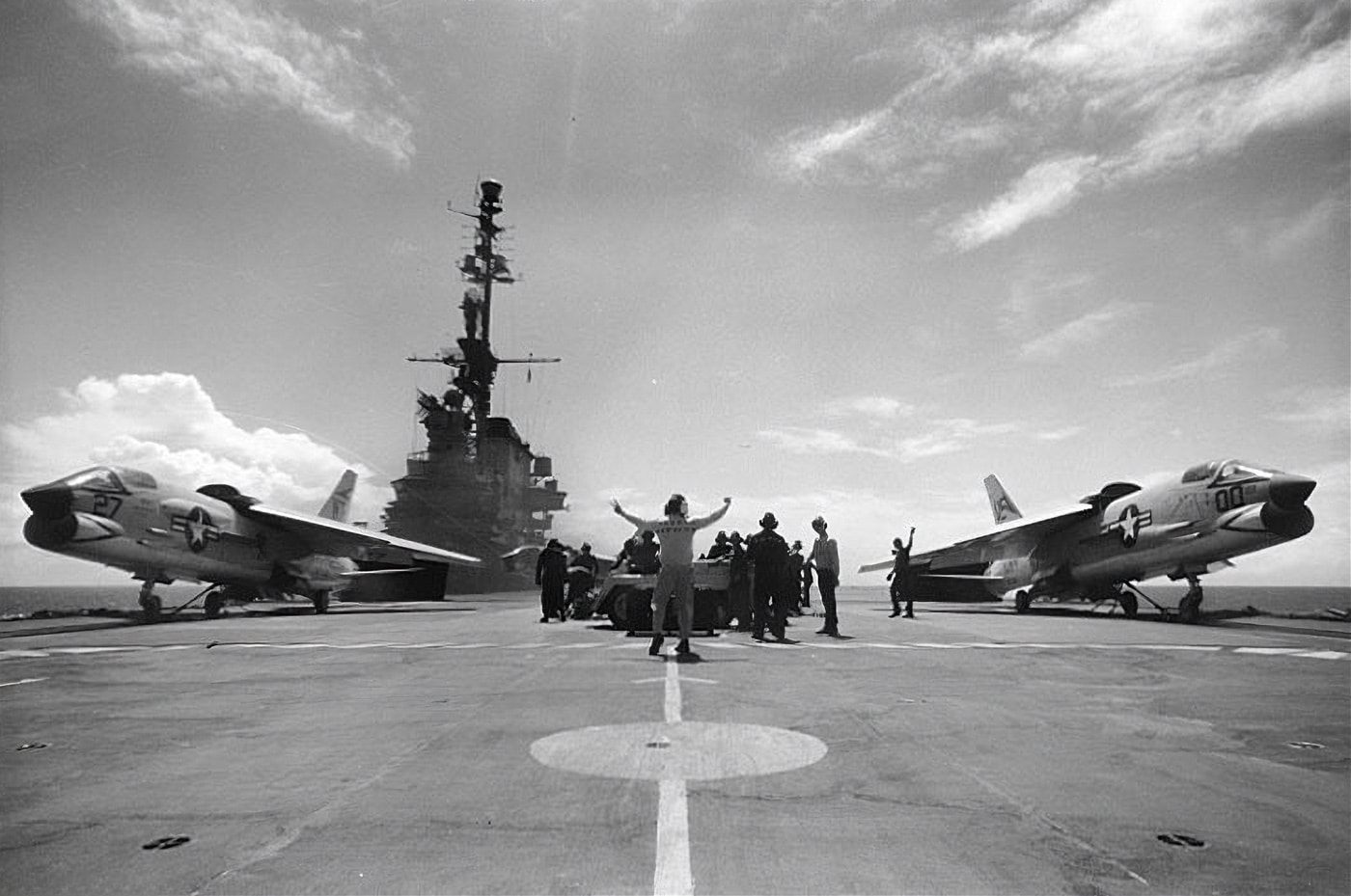
In addition, the Crusader employed one-piece stabilators in lieu of a conventional horizontal stabilizer with separate control surfaces. Most all modern fighter aircraft have since followed this design path. Dog-tooth notches in the wing roots improved yaw characteristics, while the generous use of titanium in its construction helped keep weight down.
Operational Performance of the Crusader
The Crusader really made its mark during the Cuban Missile Crisis. RF-8A photoreconnaissance Crusaders lacked armament but carried powerful cameras that could be used to gather photographic intelligence. The Crusader’s high speed and exceptional maneuverability helped the type to survive fast runs through contested airspace.
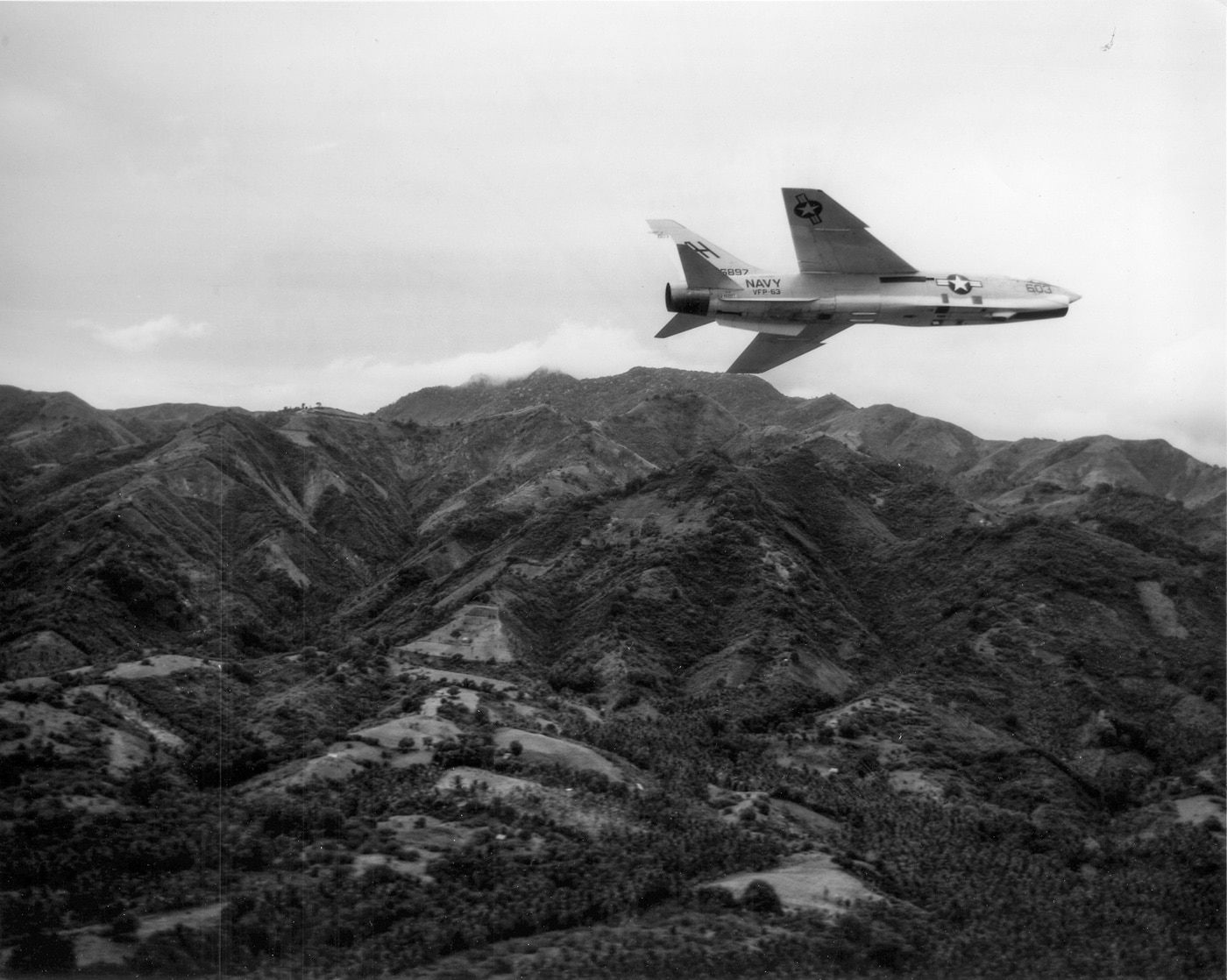
During the six weeks of the crisis, RF-8A Crusaders flew two missions per day over Cuba documenting communist missile deployment activities. These overflights produced some 160,000 images that substantively shaped national policy during this most critical time. After each successful recon mission, Navy crews stenciled the small image of a dead chicken on the side of the airplane.
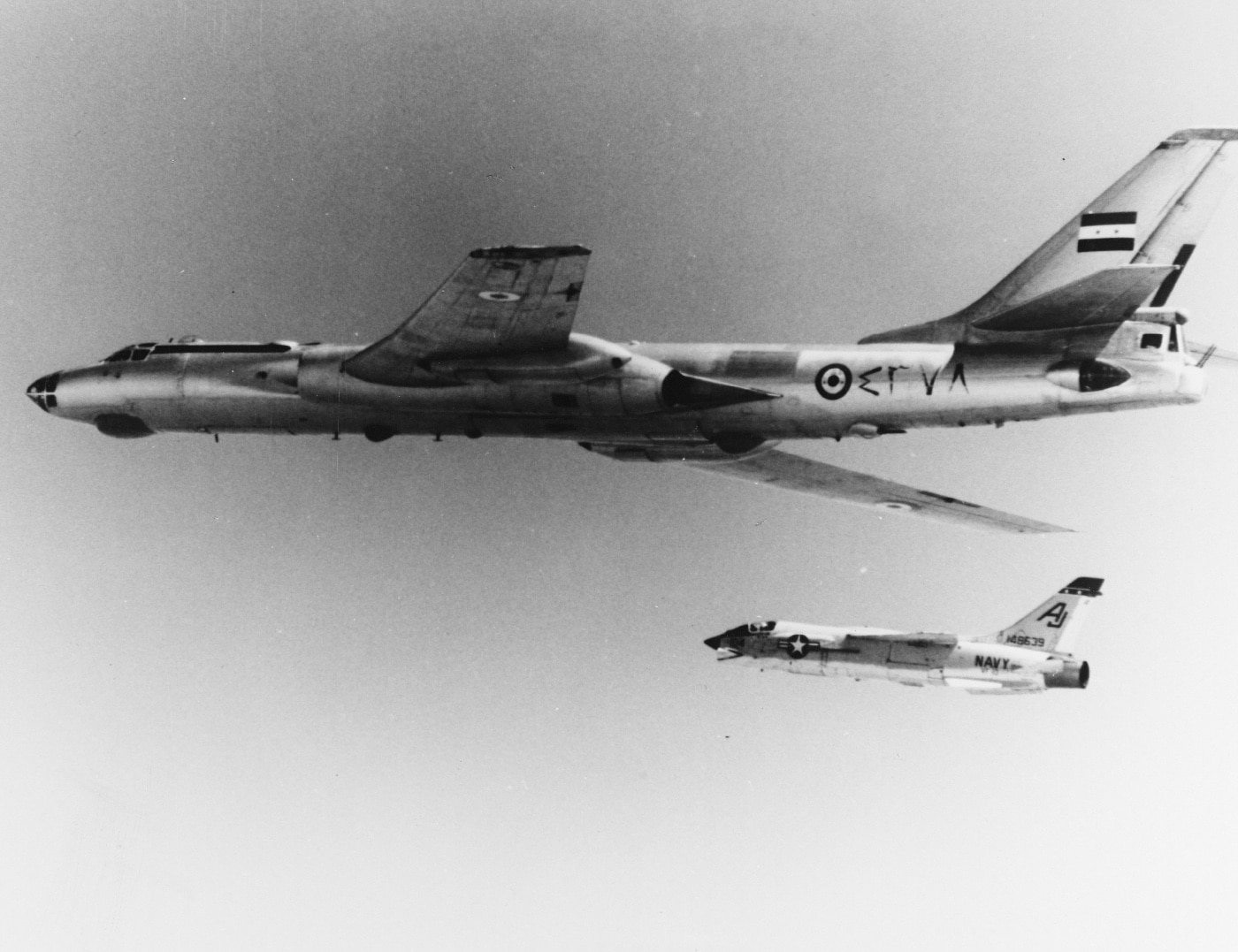
In action, the Crusader’s guns were not terribly reliable. Of the 19 MiGs downed by Crusader pilots during the Vietnam War, four fell to cannon fire. The rest were downed using AIM-9 Sidewinder heat-seeking air-to-air missiles. By the end of the conflict, the Crusader had a 19:3 kill ratio, the best of any American jet fighter of the war.
Ruminations on the Vought F-8
However, the F-8 Crusader was nonetheless an exceptionally dangerous airplane to fly. At the time of its introduction, jet propulsion was still in its relative infancy. Additionally, these planes were routinely flying in excess of 1,000 miles per hour a mere 60 years after the Wright Brothers’ first flight at Kitty Hawk, North Carolina. Regardless, the Crusader did some amazing things.
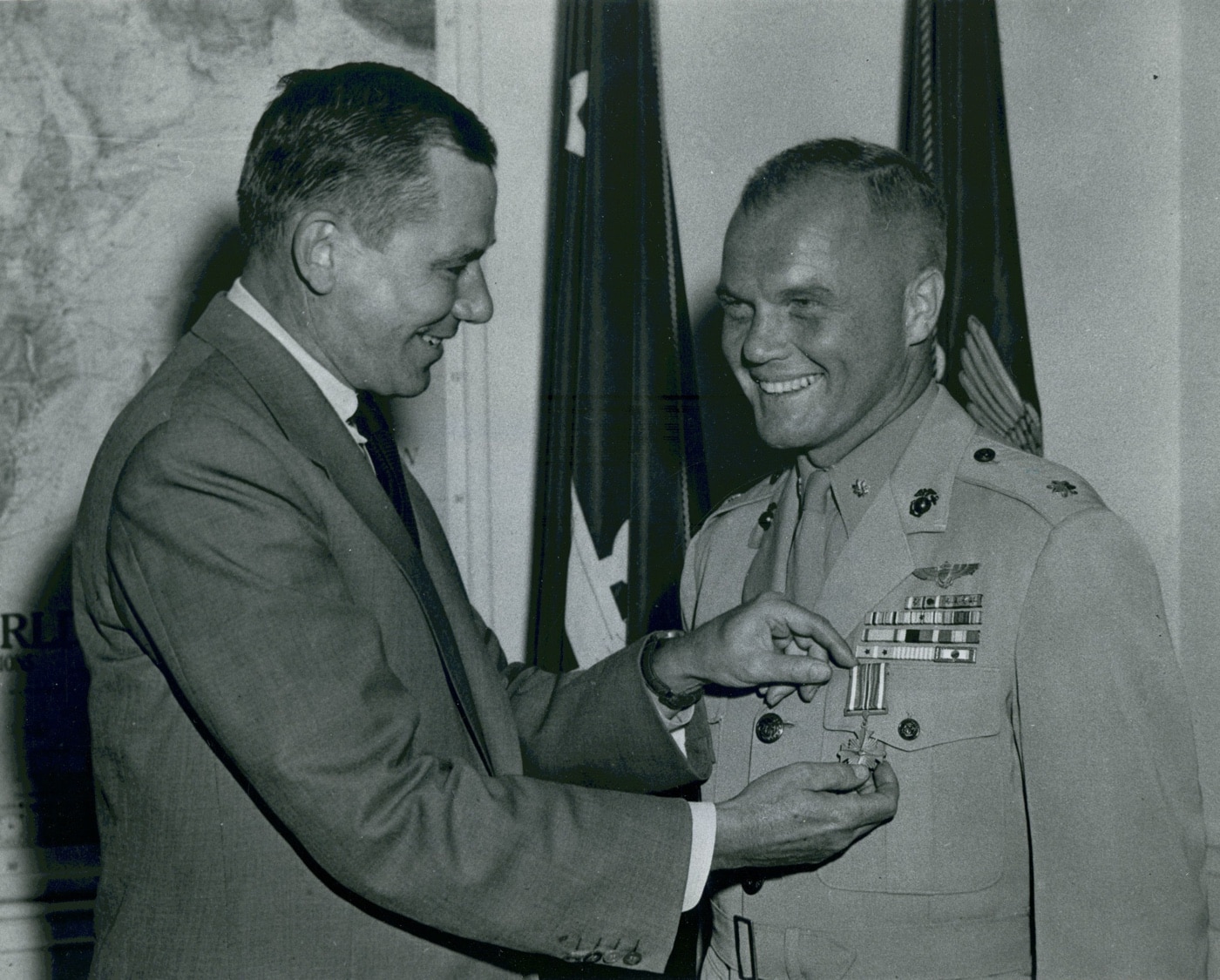
There were several instances wherein pilots inadvertently launched with their wings folded. On 23 August 1960, a Crusader pilot forgot to deploy his wings before launch and survived to tell the tale. He jettisoned his external stores and climbed to 5,000 feet on full afterburner before returning to land at the Italian Napoli Capodichino airport.
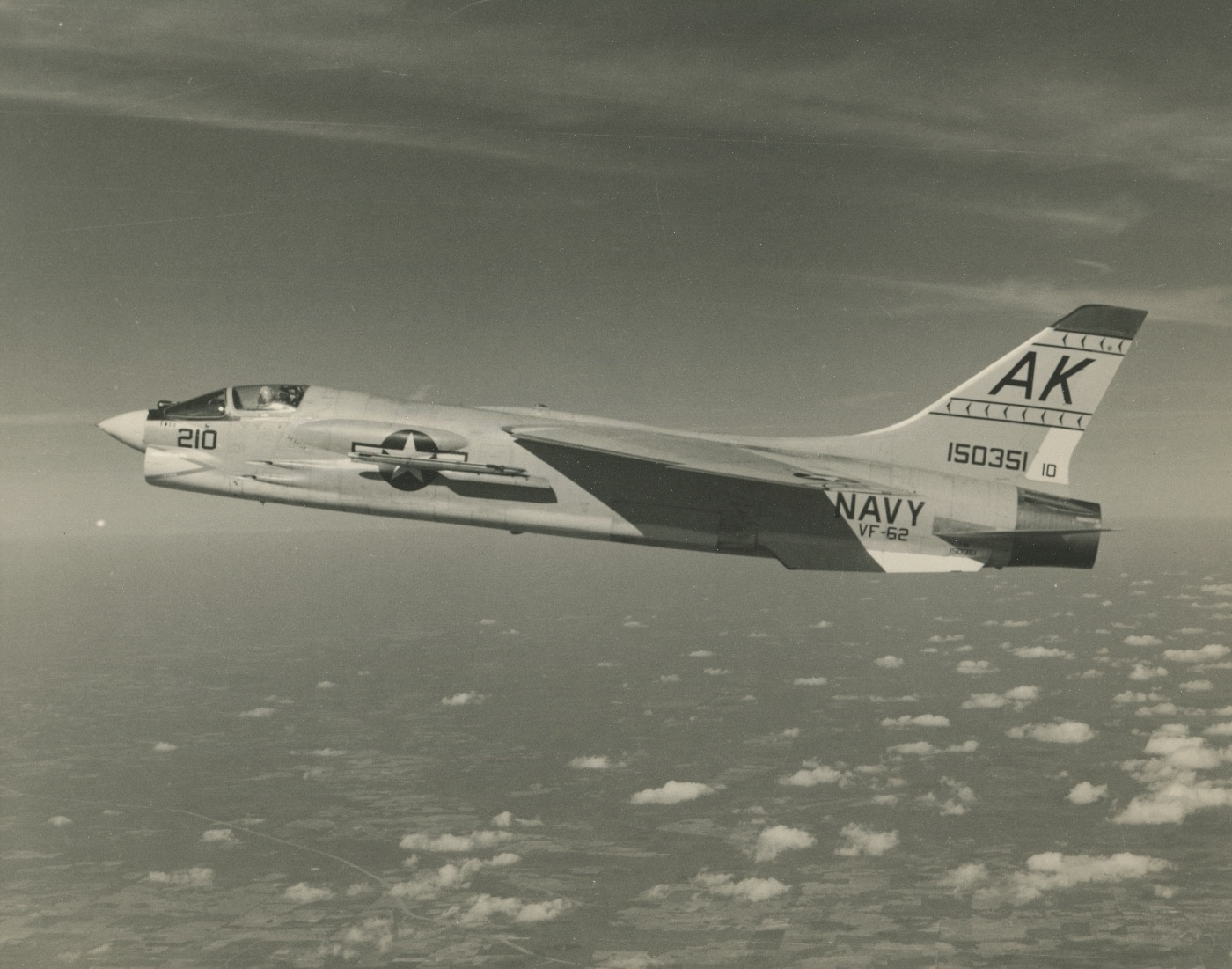
This absentminded jet jockey later reported that the controls were a bit thicker than usual, but the plane remained nonetheless flyable in this configuration. Such performance speaks to the exceptional design of the Crusader and the innate foolishness of young military pilots.
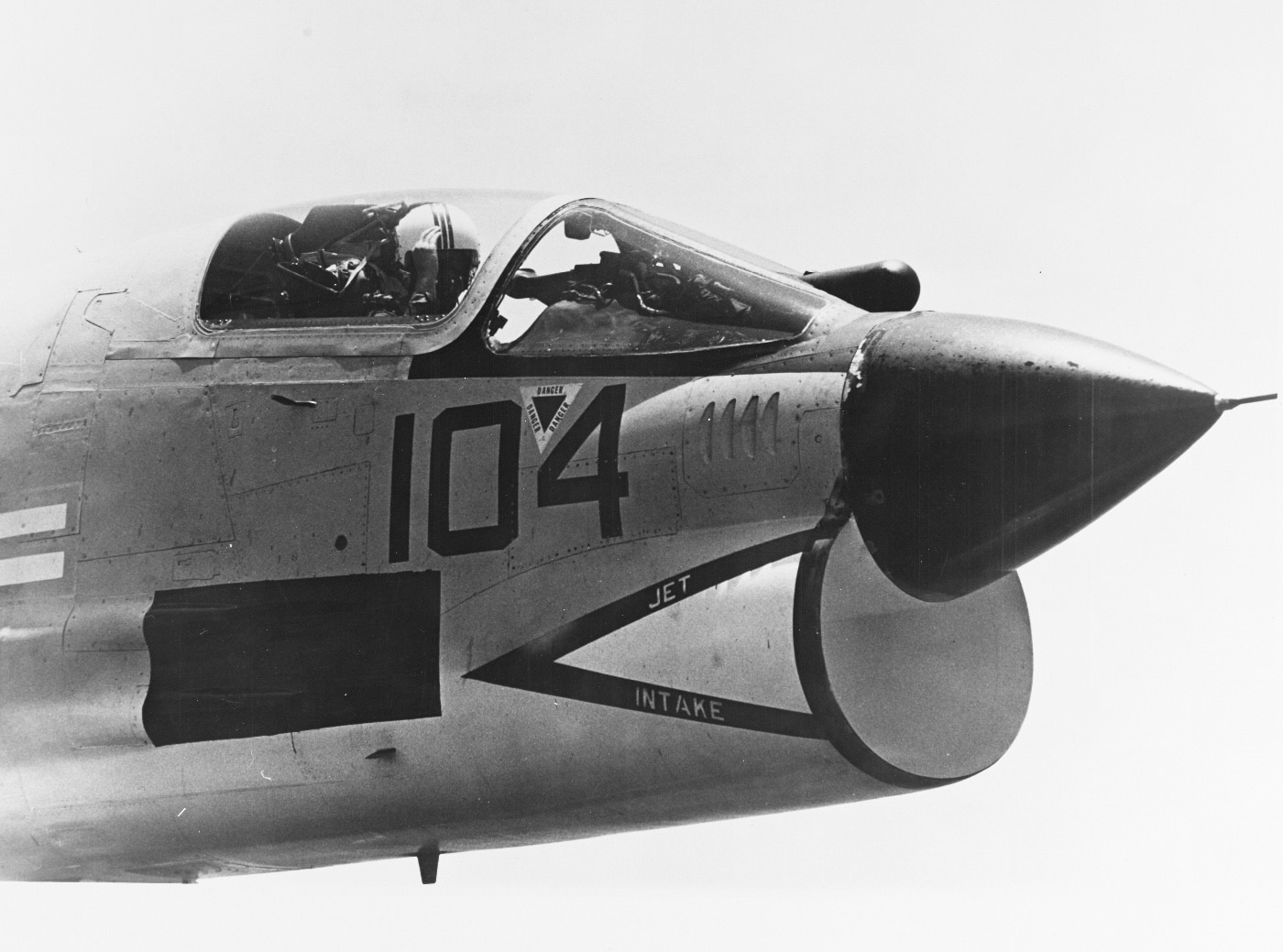
Some 1,261 Crusaders were produced over its 30-year service life. By the time the plane was ultimately retired in 1987, some 1,106 of these had been involved in mishaps. Despite such ghastly operational numbers, the Crusader was nonetheless a seminal steppingstone to even greater things to come.
Editor’s Note: Please be sure to check out The Armory Life Forum, where you can comment about our daily articles, as well as just talk guns and gear. Click the “Go To Forum Thread” link below to jump in and discuss this article and much more!
Read the full article here

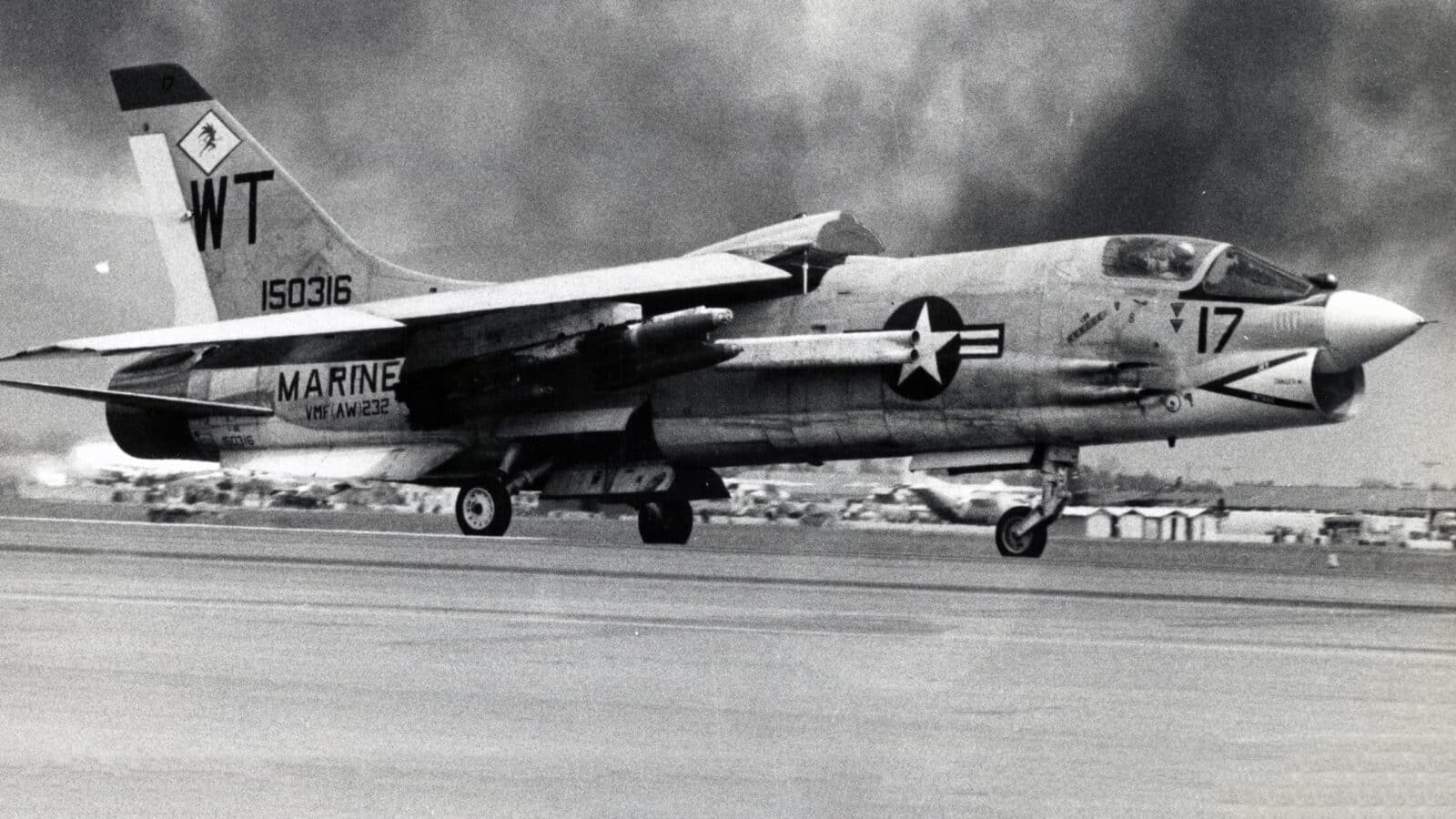
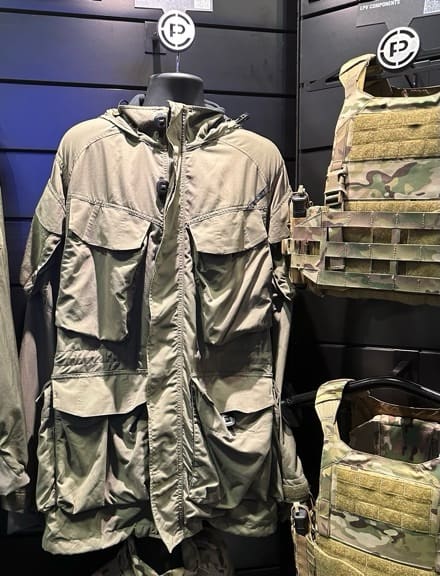
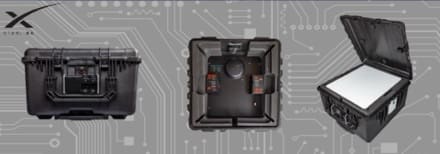
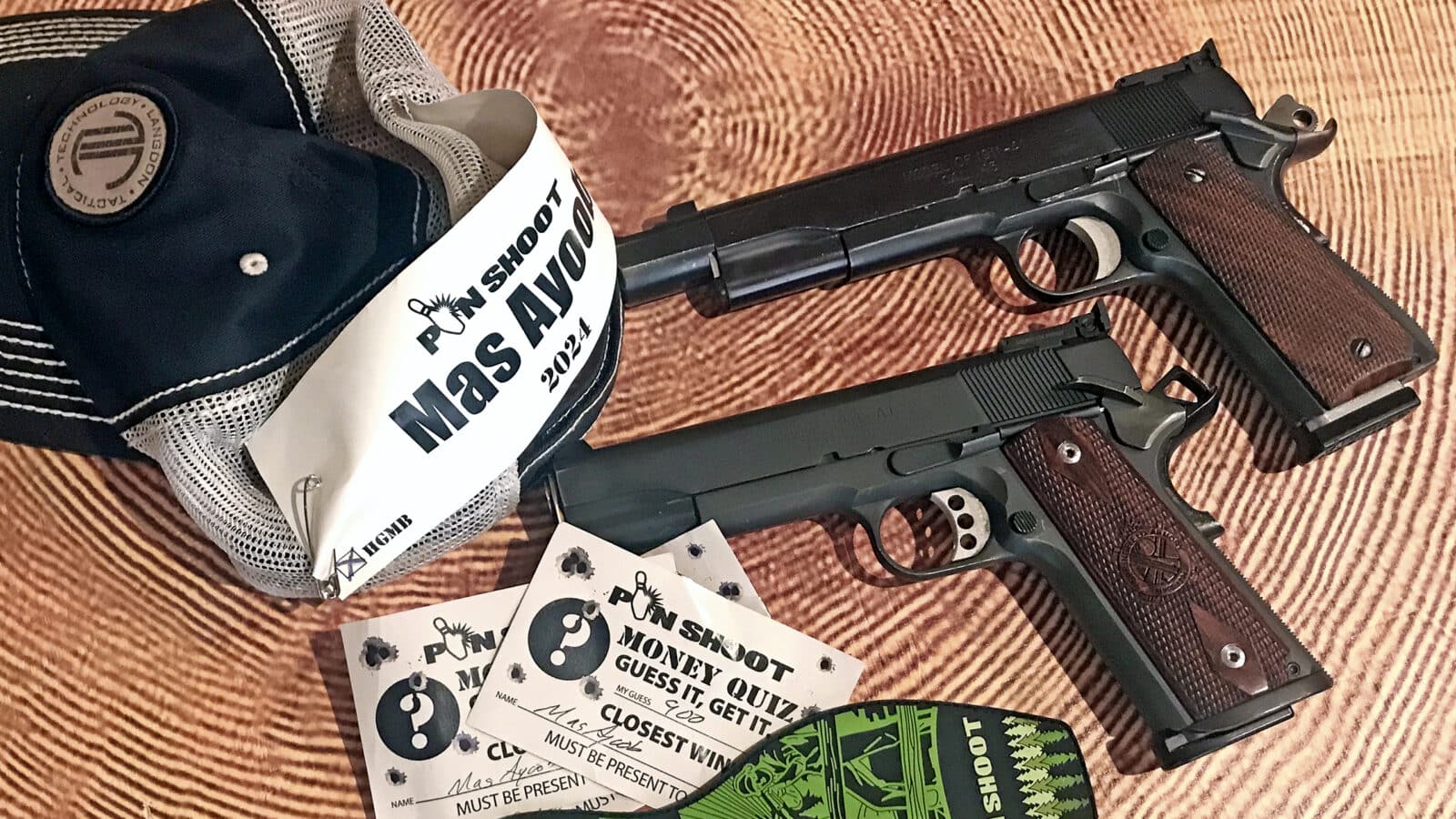
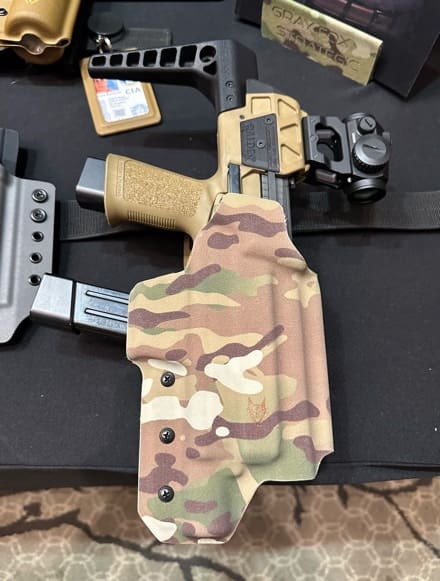
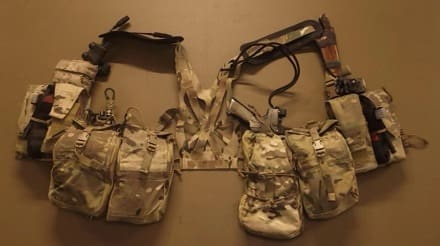
Leave a Reply